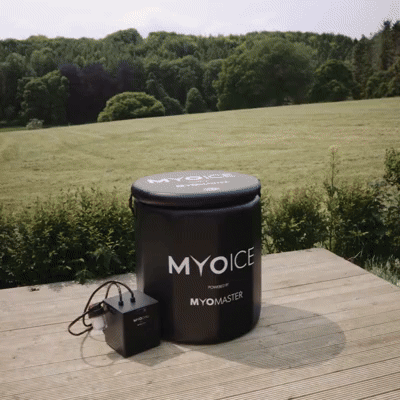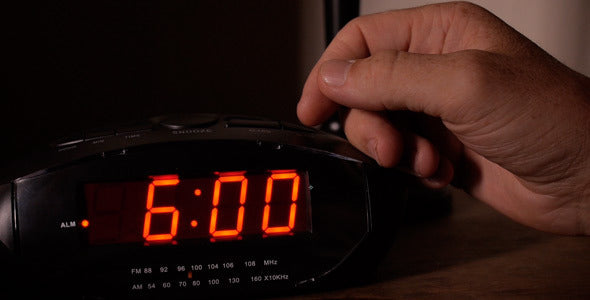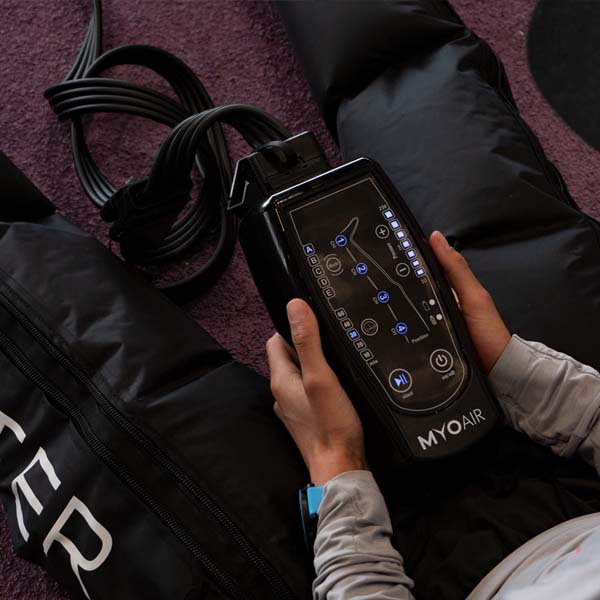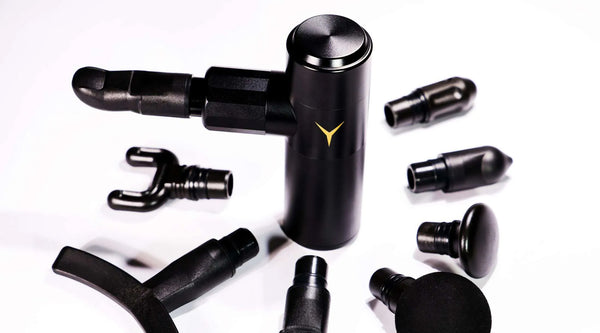For athletes and coaches it's easy to be drawn into skipping rest days in search of increased fitness and performance. But time and again this has been shown to be counterproductive. Recovery is without doubt the most important part of any running training plan. Quite simply, recovery allows for improved performance, including helping you to run faster.
Luckily for modern athletes, with the right protocol in place your body can recover substantially quicker than in the past, allowing you to unlock your full potential.
How Recovery Allows You to Run Faster
We asked Lottie Whyte, Co-Founder of MyoMaster, why she thinks recovery is so important for runners. “Every time you run, your body has to adapt to get stronger. That’s because when you run, you are doing more than just building your stamina and strength; you're also breaking your body down, causing a small amount of tissue damage with every step. Your recovery time is where your body heals those tears and you become stronger than you were before”.
When you incorporate a proper recovery plan into a training schedule you’ll be gaining strength faster. You’ll be able to push harder in each session and you’ll significantly reduce your chance of injuries which interrupt training.
Joe Gray, professional athlete says, “Since taking my recovery more seriously I’ve seen a massive increase in my performance and output. I’ve been hampered with lots of injuries throughout my career and only wish I’d put more time aside as a younger athlete to recover efficiently”. Don't be like Joe.
Three Ways to Optimise Your Recovery
1. Active Recovery
Whilst rest days are crucial, it doesn’t mean you should be totally static. There are plenty of options for active recovery but a relaxed recovery run will keep your body awake and limber. That way, you’ll be primed and ready to power up at your next training session.
You should work recovery runs into your training schedule once or twice a week. Always try to have one in the diary for the day after a big run or race. Run for 30-60 minutes on a flat course that isn’t going to push your heart rate too high. You might want to throw in a few low gear sprints to help prevent heavy legs, but otherwise keep it pretty low energy. You want to aid recovery rather than add to your fatigue.
Remember, 85% of runners push too hard on their recovery runs. You want to be in the 15% who are optimising both their recovery and future performance.
2. Compression and Massage
Just as we set goals for training and competitions, we should set them for recovery. The main aim of recovery time is to redistribute blood around your body as quickly as possible. This will help myofascial release, reduce lactic acid build-up and promote muscle regeneration.
Massage is absolutely key to all of the above. Whilst you can’t always have a sports masseuse and physiotherapist waiting for you at the finish line, handheld massage guns can have the same impact. On the go or in the comfort of your own home, tools like the MyoPro use percussive massage to speed up recovery time and reduce the chance of sore, tired muscles . This technique has also proven to reduce the risk of injury and improve mobility. So a MyoPro will help you optimise your performance as well as recovery.
Compression is also a powerful recovery tool. By wearing compression clothing for just 15 minutes after a workout, you’ll improve circulation and oxygenation of your blood by 15% and increase toxin elimination by around 13%. And that’s just with regular compression tights. If you want to take it up a level, the MyoPump compression recovery boots are scientifically proven to enhance and accelerate recovery, reduce DOMs and decrease pain. Normal compression tights provide pressure of around 20-30 mmHg but the MyoPump can reach an incredible 250mmHg.
3. The Power of Nutrition
Numerous studies have shown that the optimal time to take in nutrients is within 30 minutes after a run, and again within a two-hour window of workout completion.
Not sure what you should be eating? A combination of protein and carbohydrate (heavier on the carbs for the first round and heavier on the protein for the second) is the best approach.
Thinking and planning ahead to have the right food on hand for this optimal recovery window is helpful. The higher the quality of the recovery food, the faster the actual recovery.










